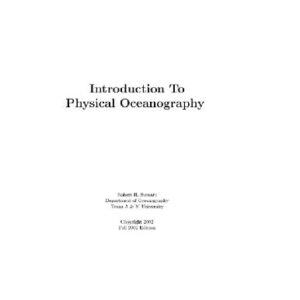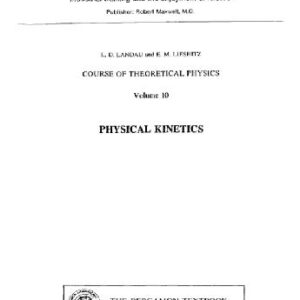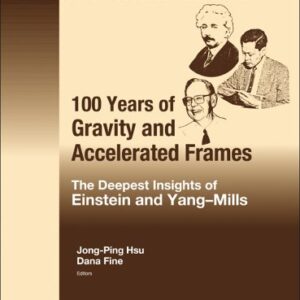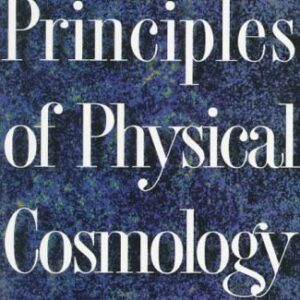This introductory textbook gives a uniform presentation of nuclear and particle physics. The first part, Analysis, is devoted to disentangling the substructure of matter. This part shows that experiments designed to uncover the substructures of nuclei and nucleons have a similar conceptual basis, and lead to the present picture of all matter being built out of a small number of elementary building blocks and a small number of fundamental interactions. The second part, Synthesis, shows how the elementary particles may be combined to build hadrons and nuclei. The fundamental interactions responsible for the forces in all systems become less and less evident in increasingly complex systems. Such systems are in fact dominated by many-body phenomena. A section on neutrino oscillations and one on nuclear matter at high temperatures bridge the field of “nuclear and particle physics” and “modern astrophysics and cosmology”. New developments are covered, e. g. in sections on the double beta decay including a discussion of the possibility of a neutrinoless decay and its implications for the standard model. This concise text, translated into many languages, has become a standard reference for advanced and undergraduate courses.
Physical
[PDF] Particles and Nuclei: An Introduction to the Physical Concepts, 5th Edition Bogdan Povh, Klaus Rith, Christoph Scholz, Frank Zetsche,
$19.99






Reviews
There are no reviews yet.